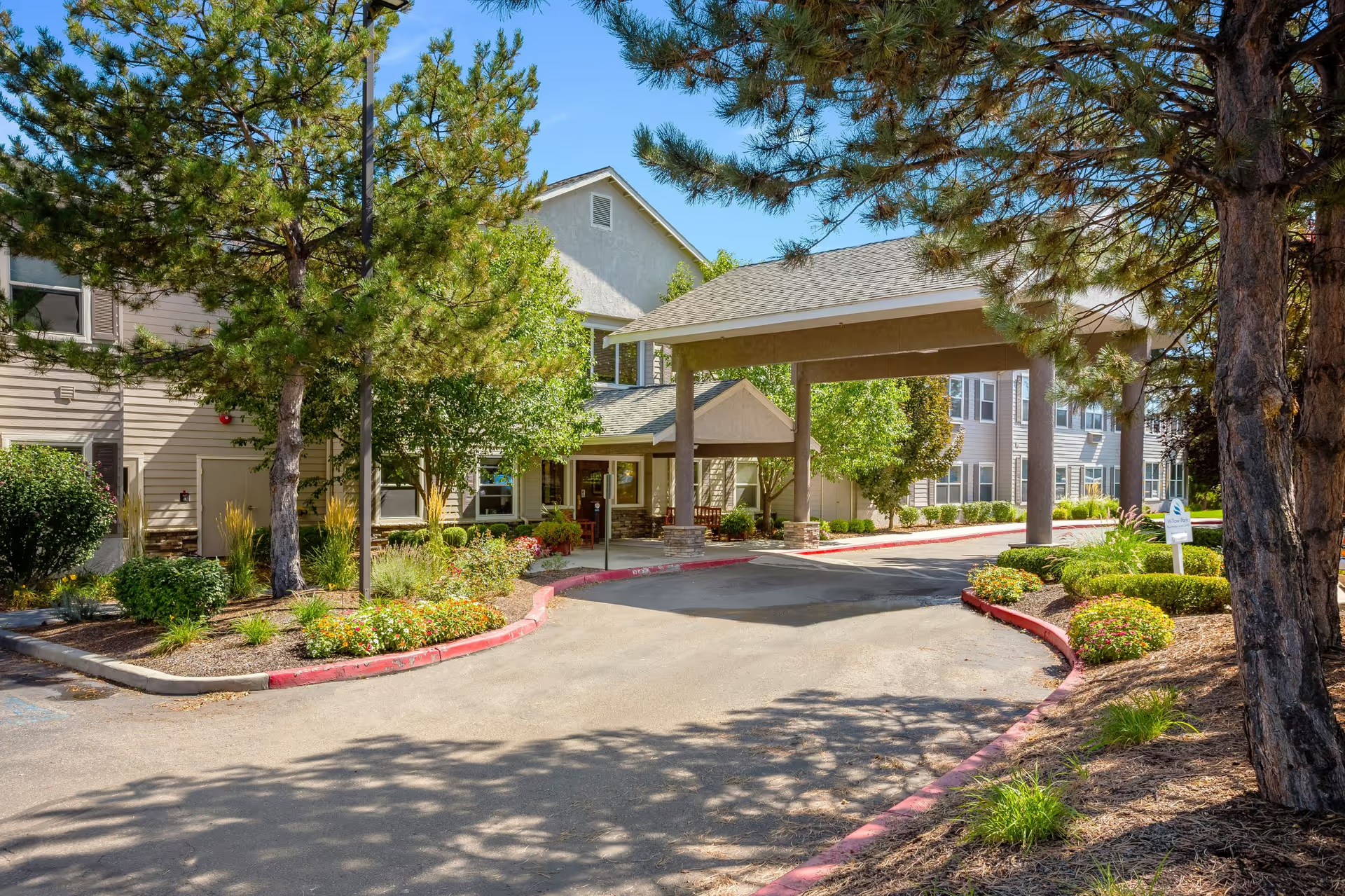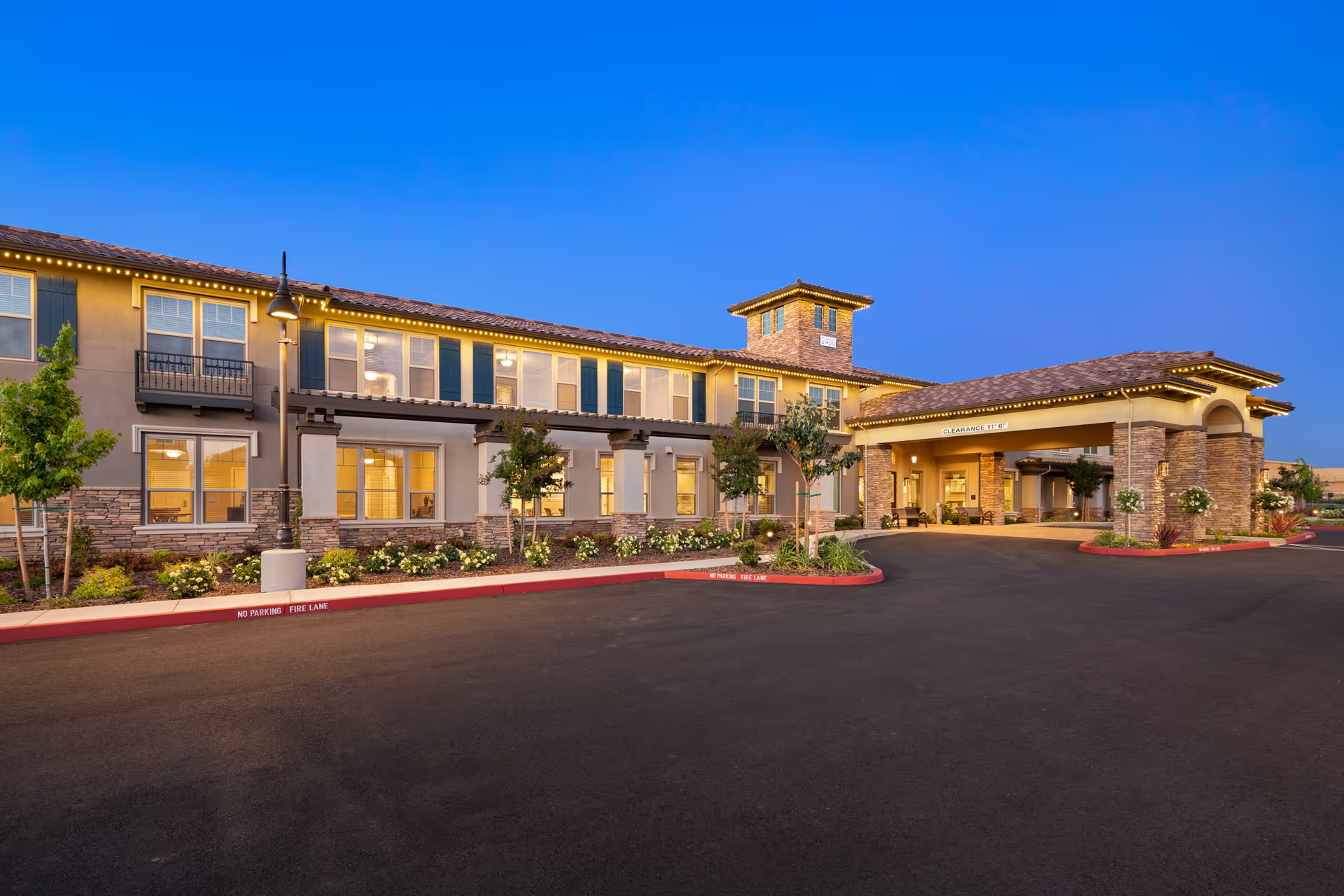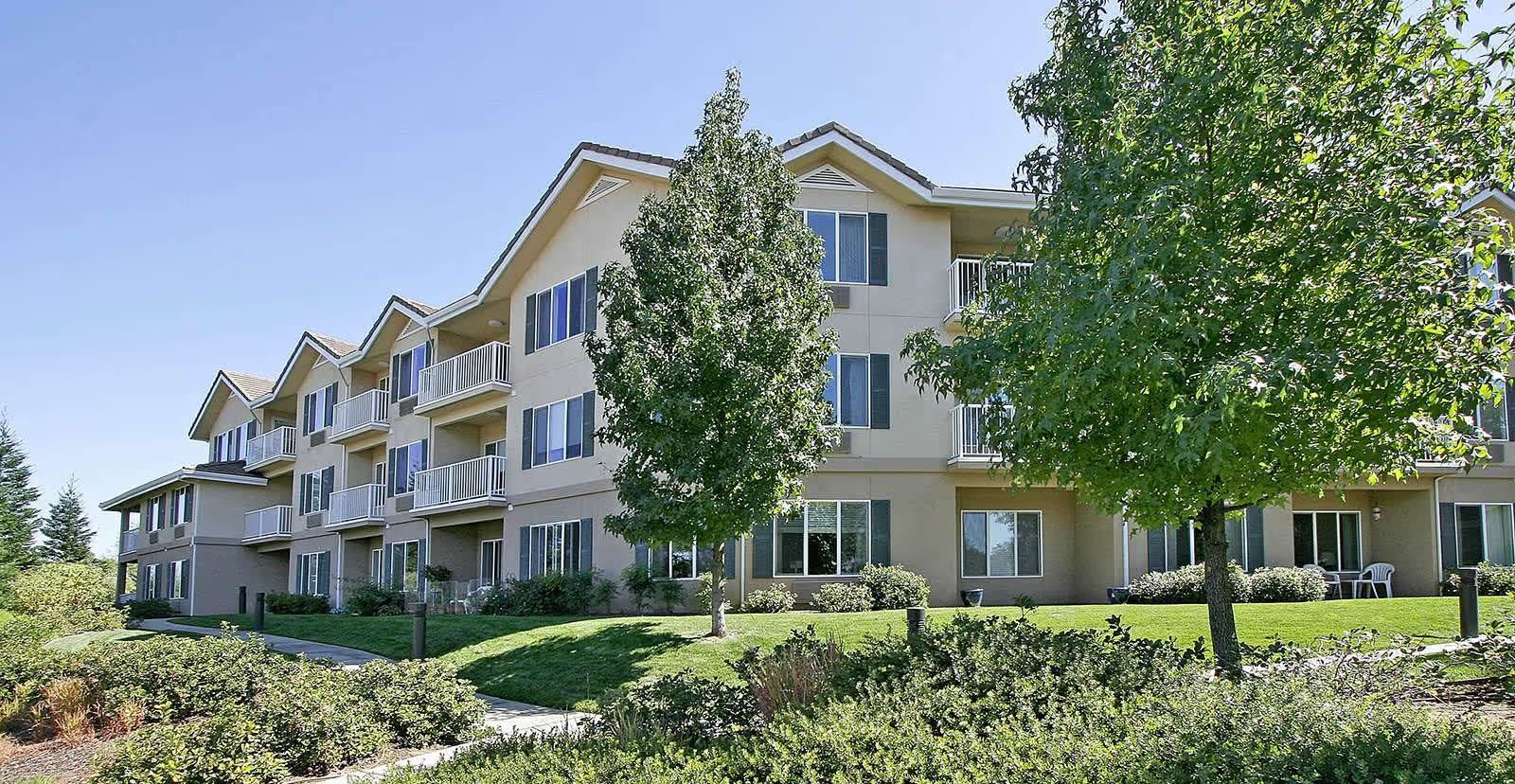Overall impression: Reviews for Sequim Health & Rehabilitation are mixed, with a clear split between strong praise for specific caregivers and programs and repeated concerns about staffing, responsiveness, and dining. Multiple reviewers praise the nursing staff, aides, and therapy teams, reporting knowledgeable and caring individuals who provided attentive therapy, effective pain monitoring, and a generally comfortable recovery environment. At the same time, several reviews raise serious issues around delays in assistance, inconsistent monitoring, and food quality that suggest variability in daily operations and staffing levels.
Care quality and staffing: A dominant theme is inconsistency in care. Numerous reviewers highlight excellent nursing and therapy — naming terrific nurses and aides, 24/7 availability in some cases, and successful rehabilitation outcomes (for example, a five-week stay that resulted in regaining strength). Conversely, other reviewers describe long waits for assistance, understaffing, unresponsive staff, nurses failing to check dressings, and situations where families felt they had to step in to provide basic care. These contrasts indicate that while some staff members perform very well, staffing shortages or uneven training/supervision may be causing lapses in monitoring and timely assistance. Several reviewers explicitly linked staffing shortfalls to safety concerns and potential risk of hospital readmission.
Therapy, activities, and rehabilitation: Therapy and activity programming receive consistent positive mentions. Physical, occupational, and speech therapy were reported as available daily by some families, and physical therapy in particular is described as attentive and effective. The activity calendar appears robust: reviewers note Wii bowling, creative movement programs, game rooms, bingo, concerts, hair services, and other engaging offerings. These programs were frequently cited as contributors to residents’ satisfaction and successful rehabilitation experiences, helping residents regain strength and stay socially engaged during their stays.
Dining and hydration concerns: Dining is a clear, recurring weak point. Multiple reviewers report cold or uncooked food, meals that are not nutritious or lack variety, and limited offerings — with specific complaints about lack of fruit, salads, and desserts. There are also complaints about limited hydration availability. These descriptions suggest systemic issues with food preparation, menu planning, or meal service processes. Negative dining experiences were frequent enough to be a major factor in lower overall satisfaction among several families.
Facilities, cleanliness, and amenities: The facility itself receives positive notes for cleanliness and some amenities. Reviewers mention clean beds, well-maintained rooms (though described as merely "ok" by some), family rooms with flat-screen TVs, and small comforts such as free coffee. These elements are seen as supportive of a pleasant environment for families and residents when other aspects of care are functioning well.
Management, communication, and culture concerns: Several reviewers raised concerns about staff attitude and management practices. Reports of staff being unfriendly or argumentative, staff blaming residents for complaints, and at least one reviewer characterizing care as profit-driven point to potential cultural and leadership issues. These comments, combined with reports of understaffing and families needing to provide care, suggest problems with staffing strategy, accountability, and communication between staff and families.
Patterns and recommendations: The dominant pattern is variability — strong pockets of clinical and therapeutic competence paired with operational and staffing weaknesses that undermine consistent care. Prospective residents and families should weigh the positive reports of therapy, activities, and caring individual staff against the recurring complaints about response times, food quality, and monitoring. Families who rely on prompt assistance or have significant nursing needs should ask specific, up-to-date questions about staffing levels, nurse aide ratios, supervision, and meal services. For management, the clear priorities are addressing staffing shortages, improving meal quality and hydration practices, standardizing nursing checks (dressings, pain, toileting assistance), and improving communication so that positive clinical capabilities are not negated by preventable operational failures.







